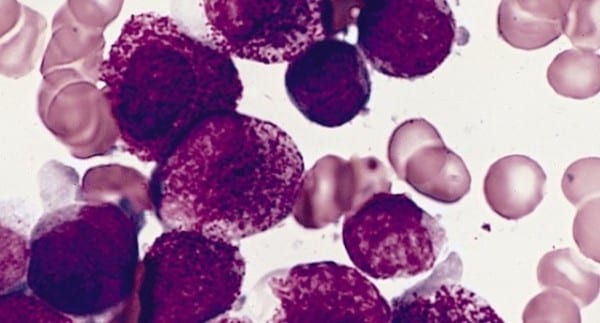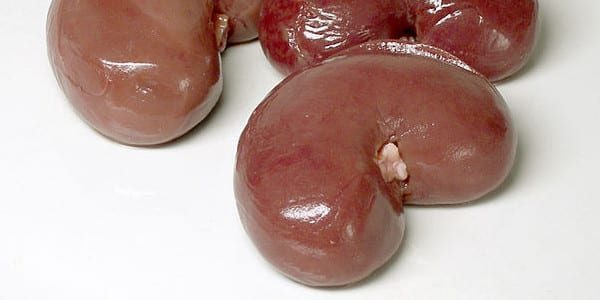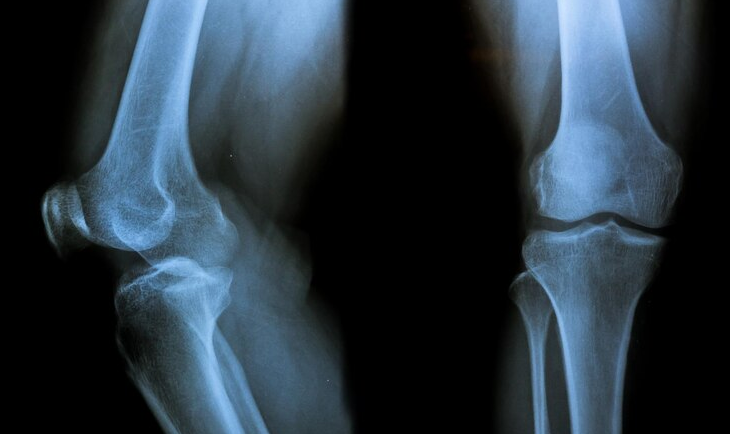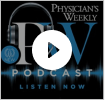Accumulation of activated immune cells results in nonspecific hepatocyte killing in chronic hepatitis B (CHB), leading to fibrosis and cirrhosis. This study aims to understand the underlying mechanisms in humans and to define whether these are driven by widespread activation or a subpopulation of immune cells. We enrolled CHB patients with active liver damage to receive antiviral therapy and performed longitudinal liver sampling using fine-needle aspiration to investigate mechanisms of CHB pathogenesis in the human liver. Single-cell sequencing of total liver cells revealed a distinct liver-resident, polyclonal CD8+ T cell population that was enriched at baseline and displayed a highly activated immune signature during liver damage. Cytokine combinations, identified by in silico prediction of ligand-receptor interaction, induced the activated phenotype in healthy liver CD8+ T cells, resulting in nonspecific Fas ligand-mediated killing of target cells. These results define a CD8+ T cell population in the human liver that can drive pathogenesis and a key pathway involved in their function in CHB patients.













